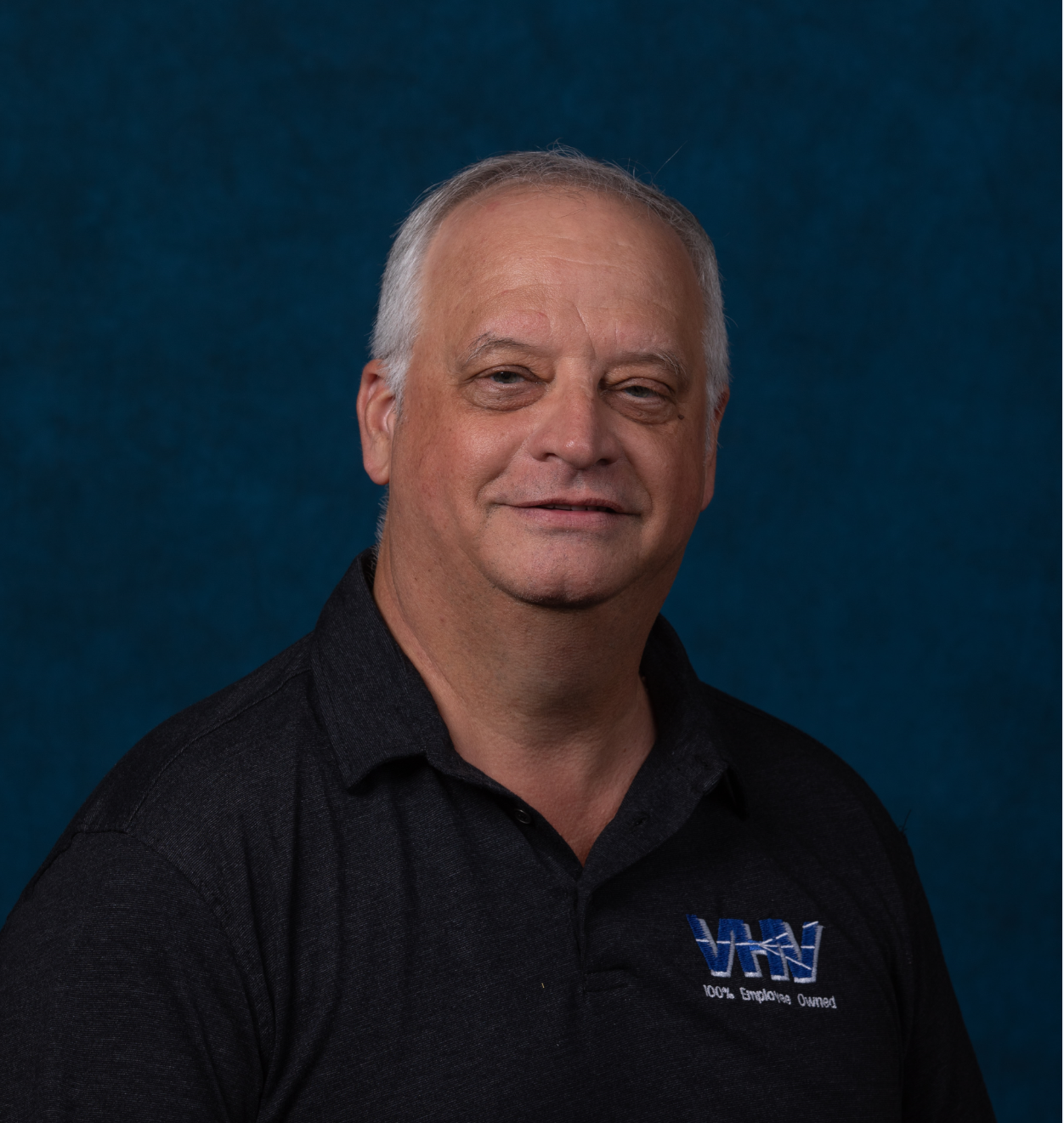An Interview with Steve Poole of Vermont Heating & Ventilating (VHV)

Steve Poole (Engineering & Sales for VHV)
VHV is a 70-plus-year-old mechanical contracting business headquartered in Winooski, Vermont and serving several states in the Northeast. The company is committed to providing innovative mechanical solutions for the construction industry. VHV received a Best of the Best award in Energy Leadership from Efficiency Vermont in 2020. Our interview focused on the company’s leadership in Ground Source Heat Pump (GSHP) technologies.
Can you tell us a little bit about your background?
Steve Poole: After graduating from Vermont Technical College in 1979, I took a job here and have called Vermont my home ever since. I have worked in the HVAC and plumbing industry throughout my career, and I specialize in seeking out and implementing creative energy-saving solutions. I’ve been at VHV for 20 years.
Let’s talk about ground-source heat pumps (GSHPs). This is a relatively new trade group for the Efficiency Excellence Network. Can you give us a quick explanation of the technology?
Steve Poole: In simple terms, an air source heat pump unit works by adding heat [to a building] in the winter and taking it away in the summer. But the air can be challenging to extract heat from when it’s zero degrees out. In a GSHP system, the heat is pulled from the ground in the winter and rejected into the ground in the summer. The advantage over an air-based system is it’s more efficient to pull heat from the ground, because from about five feet down, the ground is a pretty constant temperature. The technology is efficient 12 months a year.
If you have a system that’s what I call an open well, you pull up the water, and inside the building is a heat pump. The fluid is what’s transferring the heat. We drill that large well, get a large quantity of water, extract the heat, and dump the water into another well right near it.
But say on another site, you drill and you don’t hit any water. You make a closed-loop system. You put a plastic pipe into the ground and fill it with water aboveground. The ground heats the water, and it just recirculates.
Do you need a lot of space to put in a GSHP system?
Steve Poole: No. Most of the ones I’ve been involved in use simple bore holes, which can be drilled anywhere around the building. I’ve seen them under a parking lot. It could be 500 feet deep, vertical bore hole with a closed-loop system. It’s connected back to the building and you never see it. But a GSHP system really has to be fitted to the building. Every site is different; it’s not a cookie-cutter technology.
What might discourage someone from using this technology?
Steve Poole: The cost of tapping the ground is high. Those systems are costly to set up. What’s made GSHPs more popular recently is that the U.S. Department of Energy and Efficiency Vermont created initiatives to use electricity more efficiently. The government offers tax credits to help offset the cost. I think it’s potentially a big market. But it takes an owner willing to look not just at the simple payback period but at the whole picture—what does it cost me to own, what does it cost me to maintain?
What’s the level of awareness of GSHP technology among your customers?
Steve Poole: I would say they have heard of it; they’ve read about it. There’s no question that drilling is expensive, so those tax credits are key. The carbon footprint of GSHPs is also way lower than other heat sources, which is attractive to people. The other attractive part is combining a GSHP with solar PV on the roof. If you are generating your own electricity, and you have a GSHP, it is all electrically driven and very efficient. You are now offsetting the heating and cooling costs on your house with electric you generated on site.
Not all homeowners with this setup generate 100% of their load, but they generate almost all of it. And that’s possible for businesses as well.
Interested in becoming a part of Efficiency Vermont’s Efficiency Excellence Network? Making Vermont more energy efficient is a collaborative effort and would not be possible without a strong network of independent contractors. In 2014, Efficiency Vermont created the Efficiency Excellence Network to better support and encourage Vermont contractors to provide energy-efficient solutions in the field. There are currently over 400 members in the Efficiency Excellence Network, including VHV of Winooski, Vermont.